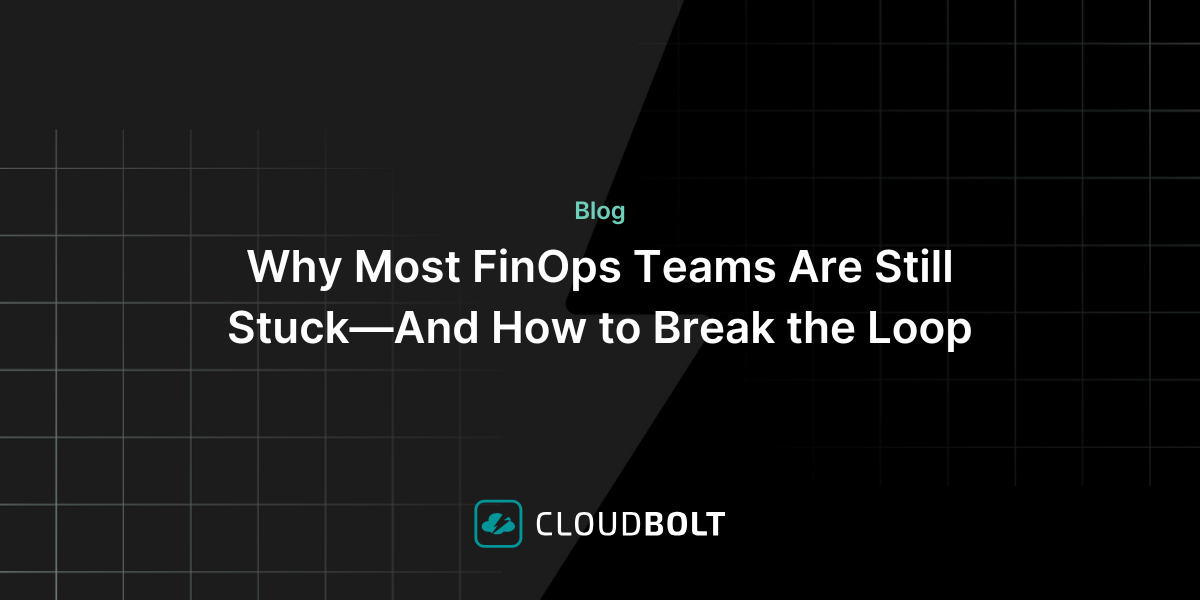Top Enterprise Projects to Provision and Automate
Top-rated restaurants have cooks, servers, and patrons who each thrive by getting everything they need to create, deliver, or consume something scrumptious that has value during a specific time and date. Each role requires a different set of skills and involves doing something different as the main objective. There’s definitely some overlap, as a chef might need to taste dishes to make sure they’re just right, or patrons serve themselves from a buffet or counter line.
In a similar way for IT provisioning, distinct roles for creating, delivering, and consuming digital resources thrive in a fast-paced enterprise. It’s no coincidence that we hear terms like recipe to characterize IT provisioning as a sequence of interdependent steps. There’s even a brand called Chef for application deployment. Here’s a set of top enterprise projects to provision as part of a thriving IT restaurant or enterprise.
Raw Ingredients/Resources for Developers
At the foundation of any digital enterprise, developers need the infrastructure to build on and deliver code at regular intervals. The code runs the digital business of the enterprise, and can be anything from programmatically displaying choices in an online eCommerce site to updating the GPS location of your rideshare driver on an interactive map. Typically, the code can be running on virtual machines (VMs) that are discrete servers with an operating system (OS) and computing power required to support the code. More modern technology includes code that runs in containers that are more modular, but still have the underlying OS that needs to be provisioned. Recently, the major public cloud providers offer “serverless” computing where developers need to only submit the code they want to run and the provider runs it, abstracting the infrastructure that runs from the end user (developer).
Test Kitchens/Support Environments
Enterprises need to have environments that they can test or troubleshoot in without introducing problems in the “real” production environment. If these test or support environments that mirror the real environment can be spun up or down on demand, the enterprise will save a lot in time and resources. By not having to start from scratch each time there’s a test or support case they save a lot of time. If the infrastructure is running in a public cloud environment, the monthly bill for these resources will be a lot less when the infrastructure is only running for the period of time required rather than on 24/7. These environments are also good to use in training classes for both internal staff and end users who might be customers using a system that is developed and sold by the enterprise.
Franchising/Expansion
A repeatable, standardized set of IT resources can be configured for automation. A new banking branch, a fast food venue, or new line of clothing can be set up and delivered as an IT bundle that interacts with all the physical and digital touch points of a business. Think of your favorite fast food chain that opens a store in a new location. When you go, you have the expectation of consistency for how you order, pick up, and pay. All of the digital processing required to do that could be a “blueprint” that is ready to go whenever the new business is opened and with all the backend servers, VMs, and connections to accounting or databases set up so that they do not have to be created from scratch every time. There are specific settings for the location of the business but the bulk of it can be already set up and available.
On-Demand Service/Big Data Processing
Providing the big data processing infrastructure with the compute power to analyze large volumes of data requires a lot of planning and capital expenditure to stand up in a traditional data center. Many enterprises have found that this is too costly to maintain, so they are turning to public cloud providers who have ready-made big data processing and the complicated Apache Spark and Hadoop clusters required to process on-demand in the cloud. Enterprises only need to run it when necessary, and there’s no need to hire a data architect or infrastructure admin to install and maintain the same IT resources required to do the equivalent processing on-premises.
CloudBolt Automation for IT Projects
Enterprise projects like these that need to be provisioned can be anything from the raw resources for developers to use to build an application stack to run in production to the big data processing projects on demand. Just like a smoothly run restaurant, the IT environment can be configured to get the digital assets to the right people at the right time to create, serve, or consume. All of it can be configured and some of the steps automated in a CloudBolt Blueprint.
Ready to see how CloudBolt can help? Request a demo!
Related Blogs

What We Learned at FinOps X 2025: From Dashboards to Decisions
At FinOps X 2025, one message echoed across sessions and conversations: FinOps is growing up. The scope is expanding. The…

